Squatting and sitting cross-legged are seemingly harmless habits but they promote faster knee osteoarthritis.
Osteoarthritis of the knee is a condition in which the cartilage between the ends of the joints wears away. The bones of the joints rub together more vigorously, leading to pain, swelling, stiffness, reduced mobility, and the formation of bone spurs in the knee area.
Osteoarthritis is a result of aging and cannot be completely prevented. However, according to Master, Doctor, Doctor Dinh Pham Thi Thuy Van, Department of Internal Medicine, Musculoskeletal, Tam Anh General Hospital, Ho Chi Minh City, avoiding some of the bad habits below will help slow down the degenerative process.
Squatting: Every activity puts a certain amount of force on the knee joint, with squatting being the most stressful position. When walking on flat ground, the force of gravity on the knee is equivalent to 1.5 times the body weight. When squatting, the pressure on the knee joint is 4-5 times the body weight. Avoid squatting to tie shoelaces, pick up dropped objects, or clean the house.
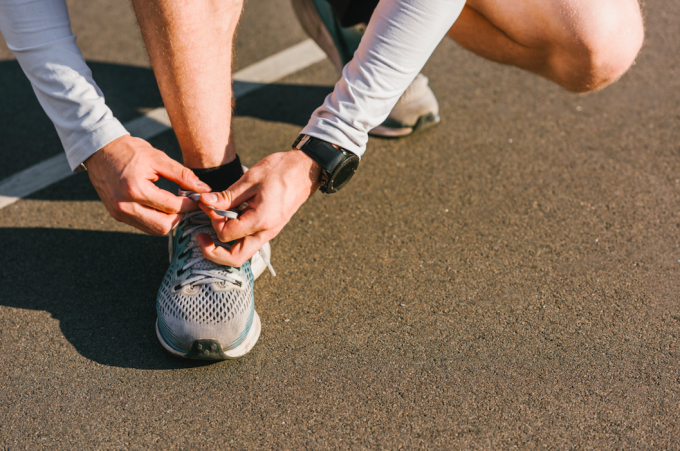
Squatting and tying shoelaces can promote the development of knee osteoarthritis. Photo: Freepik
Sitting cross-legged causes the kneecap to rub against other bones, causing pain in the front of the knee joint. For people with knee pain, this sitting position causes the degenerated cartilage to continue to be twisted, making the condition worse.
Climbing stairs , especially going down stairs, causes the entire body weight to fall on the feet, creating a lot of pressure on the knee joints. This pressure can be 2-3 times the body weight. People with knee osteoarthritis who regularly climb stairs will make the disease more serious.
Wearing high heels increases the impact force on the patella and the compartments inside the knee. Dr. Van cited many studies proving that the habit of wearing high heels can lead to osteoarthritis of the knee. Wearing high heels also changes the body's natural posture, affects the spine and puts pressure on the joints in the feet, ankles, and toes, increasing the risk of osteoarthritis in women.
In addition, some other living positions are also not good for the knee joints such as sitting cross-legged, kneeling...
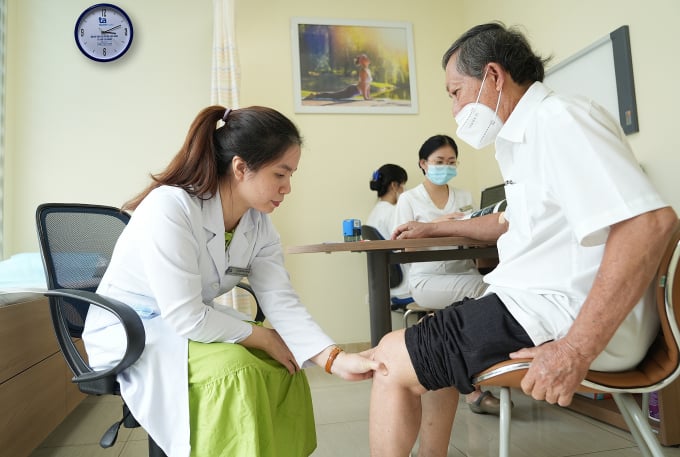
Doctor Van checks the patient's knee joint condition. Photo: Tam Anh General Hospital
Doctor Van said that the knee joint is the place that supports the entire weight of the body, so it is very vulnerable to injury and inflammation. Therefore, to slow down this process, in addition to avoiding bad posture, in daily activities, it is necessary to pay attention to weight, exercise, and proper diet.
Maintain a healthy weight, ensuring your body mass index (BMI) is below 23. Excess body weight puts extra pressure on your knees, promoting faster wear and tear of cartilage.
Keep blood sugar levels stable because high glucose (sugar) levels can affect the structure and function of cartilage, increasing the risk of inflammation and cartilage loss.
Regular moderate exercise helps keep joints flexible, strengthens the muscles that support the knee, and reduces the risk of many other chronic diseases. Aim for 30 minutes of exercise a day, 5 days a week.
Reduce your risk of injury by not lifting heavy objects, playing sports with proper technique, wearing properly fitting shoes, and using protective gear during exercise. Get plenty of rest and don't overexert yourself.
Eating a healthy diet can help reduce the risk of health problems, including arthritis. Eat foods that contain nutrients that are good for cartilage, such as fruits, green vegetables, fatty fish, etc.
Regular health check-ups and follow doctor's instructions during treatment.
Phi Hong
Source link





![[Photo] April Festival in Can Tho City](https://vstatic.vietnam.vn/vietnam/resource/IMAGE/2025/4/10/bf5ae82870e648fabfbcc93a25b481ea)
![[Photo] Opening of the 11th Conference of the 13th Party Central Committee](https://vstatic.vietnam.vn/vietnam/resource/IMAGE/2025/4/10/f9e717b67de343d7b687cb419c0829a2)
![[Photo] Prime Minister Pham Minh Chinh commends forces supporting Myanmar in overcoming earthquake consequences](https://vstatic.vietnam.vn/vietnam/resource/IMAGE/2025/4/10/e844656d18bd433f913182fbc2f35ec2)
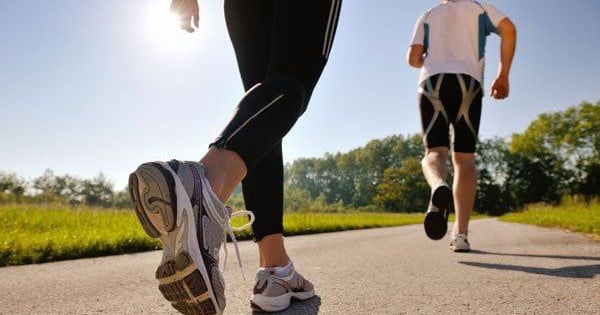



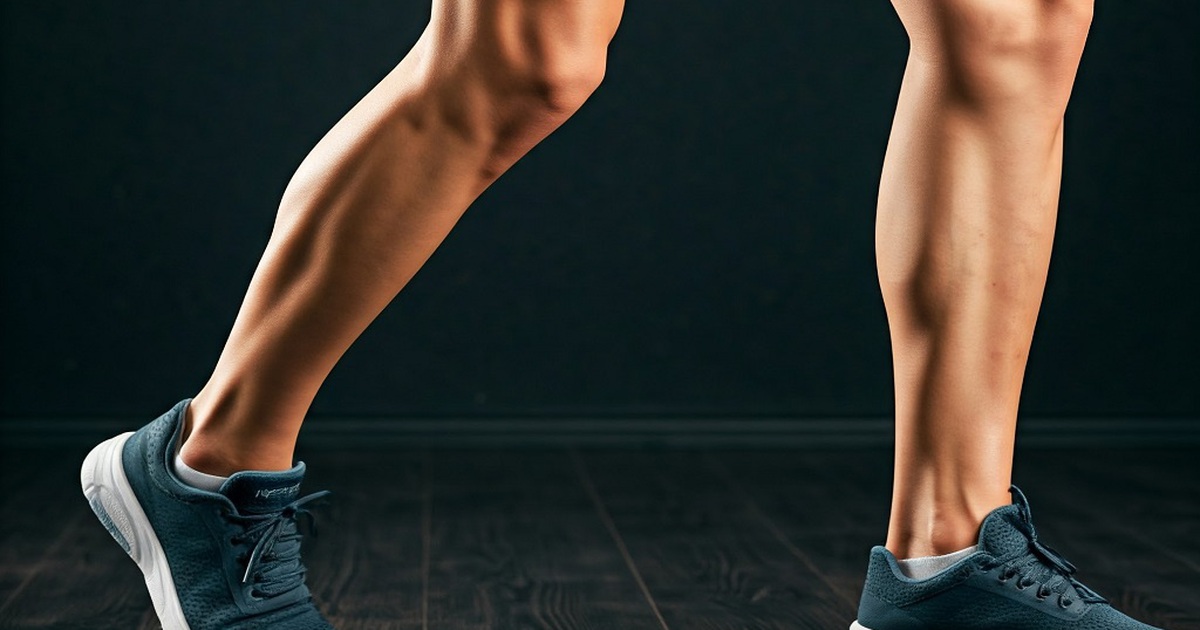


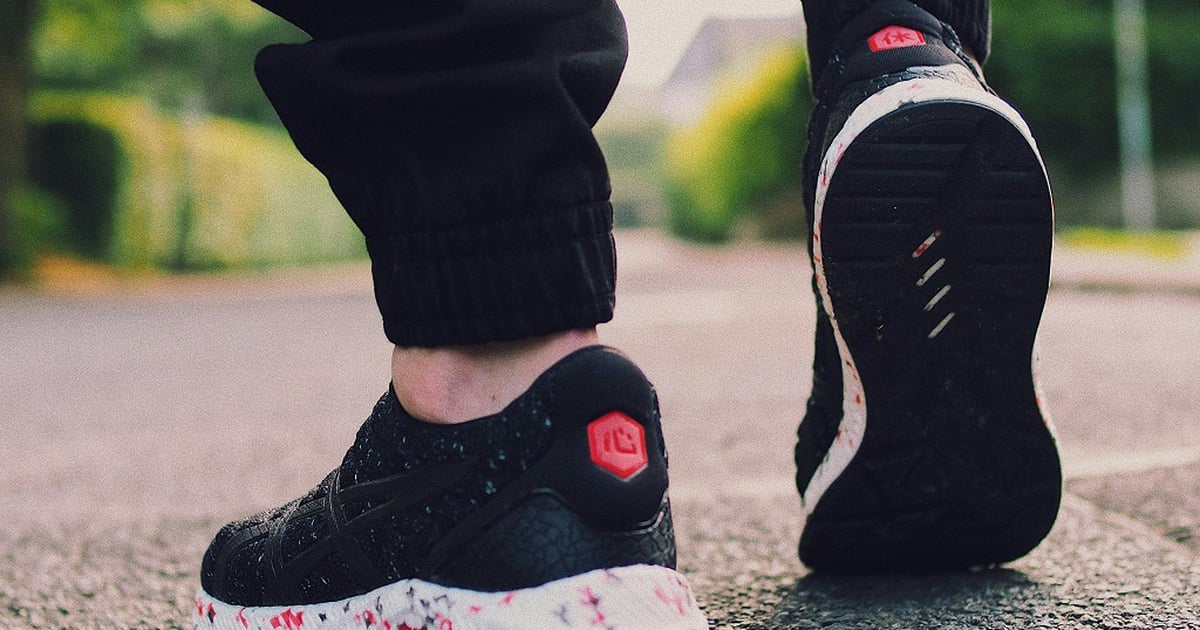



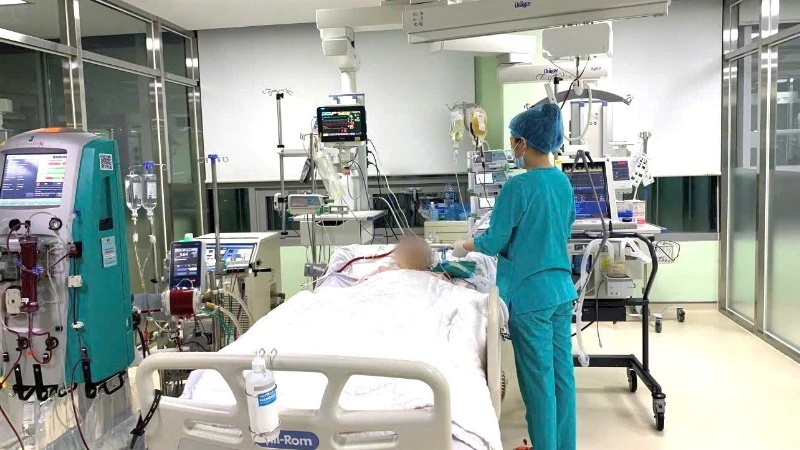













![[Photo] Reliving the heroic memories of the nation in the program "Hanoi - Will and belief in victory"](https://vstatic.vietnam.vn/vietnam/resource/IMAGE/2025/4/10/19ce7bfadf0a4a9d8e892f36f288e221)
















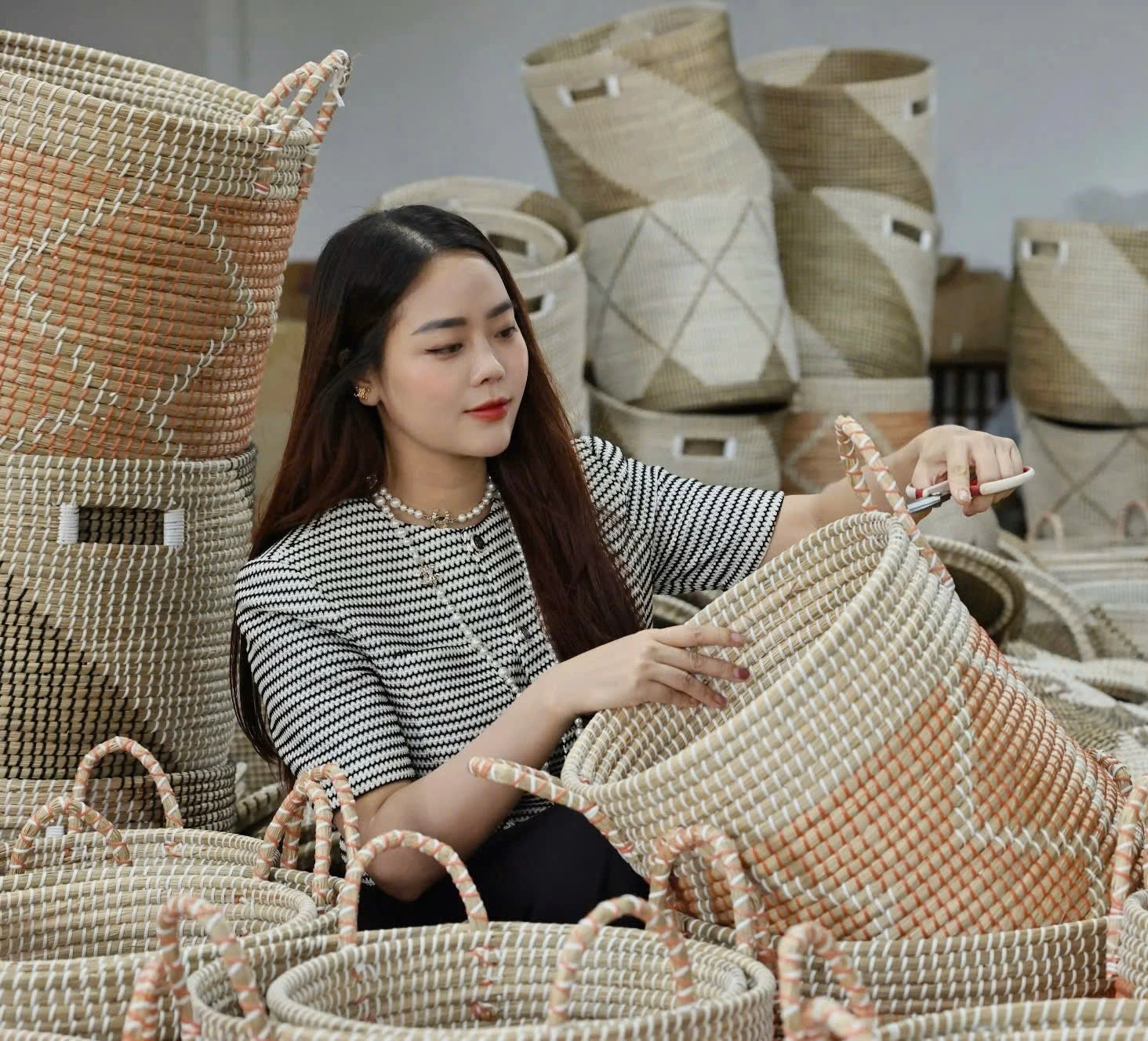















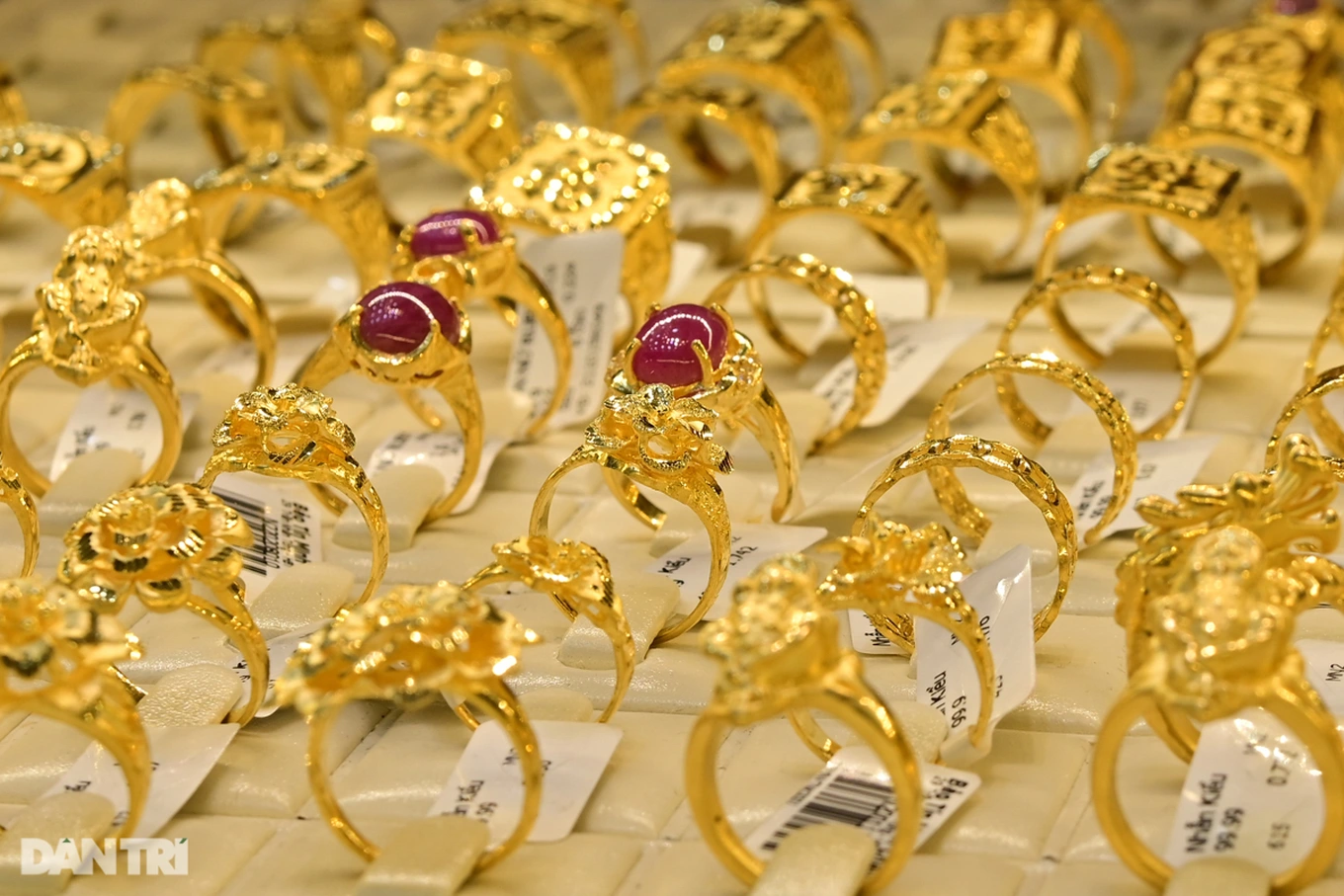















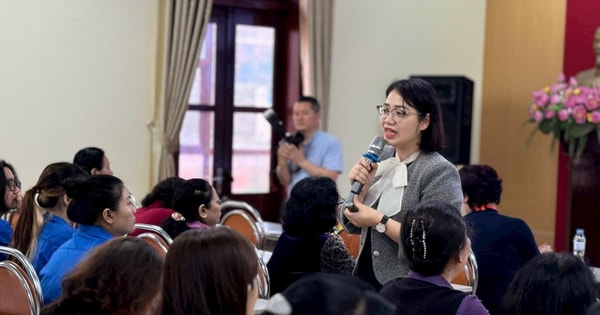













Comment (0)